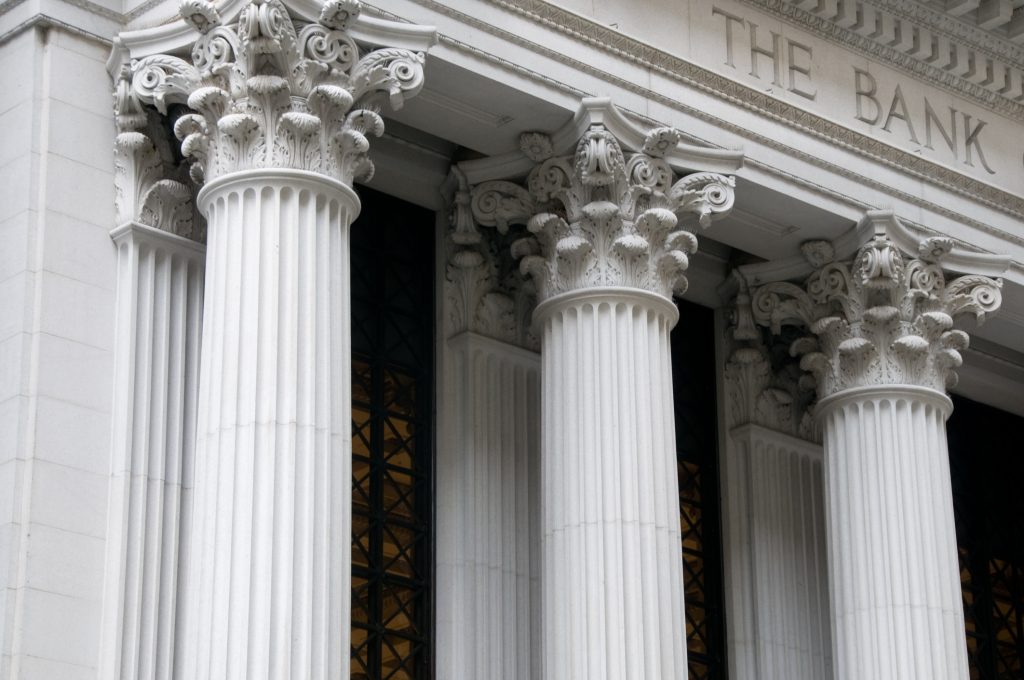
Over the past week, headlines have been dominated by news of Silicon Valley Bank’s (SVB) collapse along with the failure of Signature Bank of NY. The FDIC has stepped in to take control of assets for both SVB and Signature Bank, and many bank stocks tumbled on the news. Many are concerned about their deposit security as well as the economic impact on the United States. In this update I’ll address:
- What’s going on?
- What is the emergency action plan President Biden announced on Monday?
- How does this affect your money, and what should you be doing?
- What’s going on?
If we look back to the beginning of 2022, the Fed funds rate was 0-.25%. Fast forward to March of 2023, and, after a series of rate hikes, the Fed funds rate currently sits between 4.5-4.75%. Such a quick increase in rates has put pressure on banks to offer higher interest or else see consumers move their deposits to other risk-free, higher yielding instruments.
When consumers deposit their money at a bank, the bank typically takes that cash and invests it to earn a higher rate, or a “spread”, through treasury bonds, loans and other interest rate sensitive vehicles. As interest rates rise, bonds lose value, especially long-term bonds. In 2022 alone, the iShares 20 yr+ Treasury Bond ETF lost over 30% of its value given the increase in rates.[1] Consequently, banks like SVB, which held a higher share of long-term treasuries, were much more at risk than many other banks.
With the increase in rates, and with banks slow to pay higher interest on deposits, many consumers pulled their money from traditional banks in an effort to fund higher yielding savings. A bank needs to produce the cash to fund these withdrawals. Ideally, a bank can find this needed liquidity in other areas of its business, or perhaps from a 3rd party (see below on Biden action plan). Otherwise, in order to provide the liquidity, it must sell treasuries at a deep loss, as opposed to holding them to maturity and receiving the principal back. Selling for a loss significantly changes the math of these banks’ balance sheets in a negative way.
This is an oversimplification of what led to these banks failing, as each has a myriad of reasons their business failed, including taking excessive business risks. However, as you digest the media storm of information and ominous articles about “runs on the bank”, you may be asking a key question: Is my money safe?
First, it’s important to note that both of these banks took inordinate risks. However, the concern becomes, how widespread may a “run on the banks” become, and what should you do?
- What is the emergency action plan President Biden announced on Monday?
President Biden announced on Monday this week (March 13) that depositors with uninsured deposits (over the FDIC limits, click HERE for details on FDIC) at both SVB and Signature Bank will receive full protection. He also insisted the cost will not be funded by taxpayers, but rather from the fees banks pay into the Deposit Insurance Fund. Note: President Biden stated that investors into these two banks, i.e. stockholders, will not be protected, as they took the risks associated with equity ownership of a stock.
Just as importantly, Biden announced the government is providing a new emergency lending program, called the Bank Term Funding Program, to “help assure banks have the ability to meet the needs of all their depositors.” [2] The plan is to provide the liquidity needed by banks if they see a large withdrawal of deposits.
- How does this affect your money, and what should you be doing?
While the federal government has indicated a willingness to provide a “backstop” for bank deposits, we recommend reviewing your current deposits to ensure they fall within FDIC limits (see above). This also provides an opportunity to review your current cash and risk-free holdings. With the increase in interest rates, you can evaluate your current holdings to determine the correct mix of higher yielding, low risk and insured holdings.
Regarding the stock market and other at-risk investments, we expect this to only contribute to the volatility we have seen since early 2022. However, whether that means the market is higher or lower in three or six months, there is no certainty. With risk investments, you should focus on the longer term of 5-7 years. However, this is an opportunity to review your risk and diversification to ensure you meet your financial goals.
If you would like to review how this current rate and banking environment may affect your planning, feel free to contact us for a complimentary review. We’re happy to serve you.
[2] https://cbsnews.com/news/joe-biden-silicon-valley-bank-collapse-watch-live-stream-today-2023-03-13/
